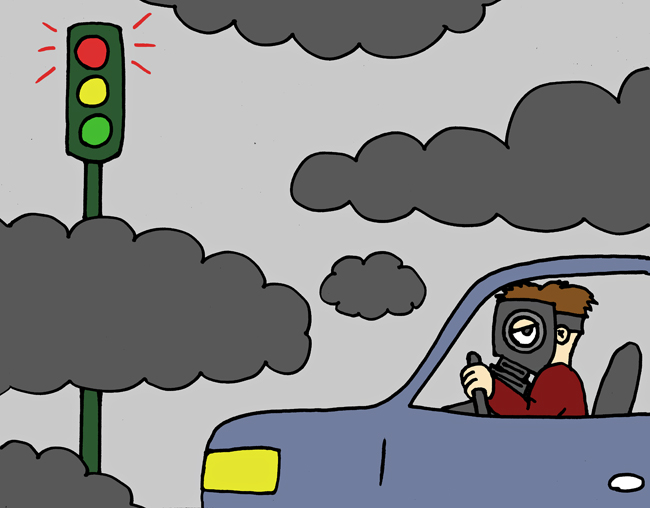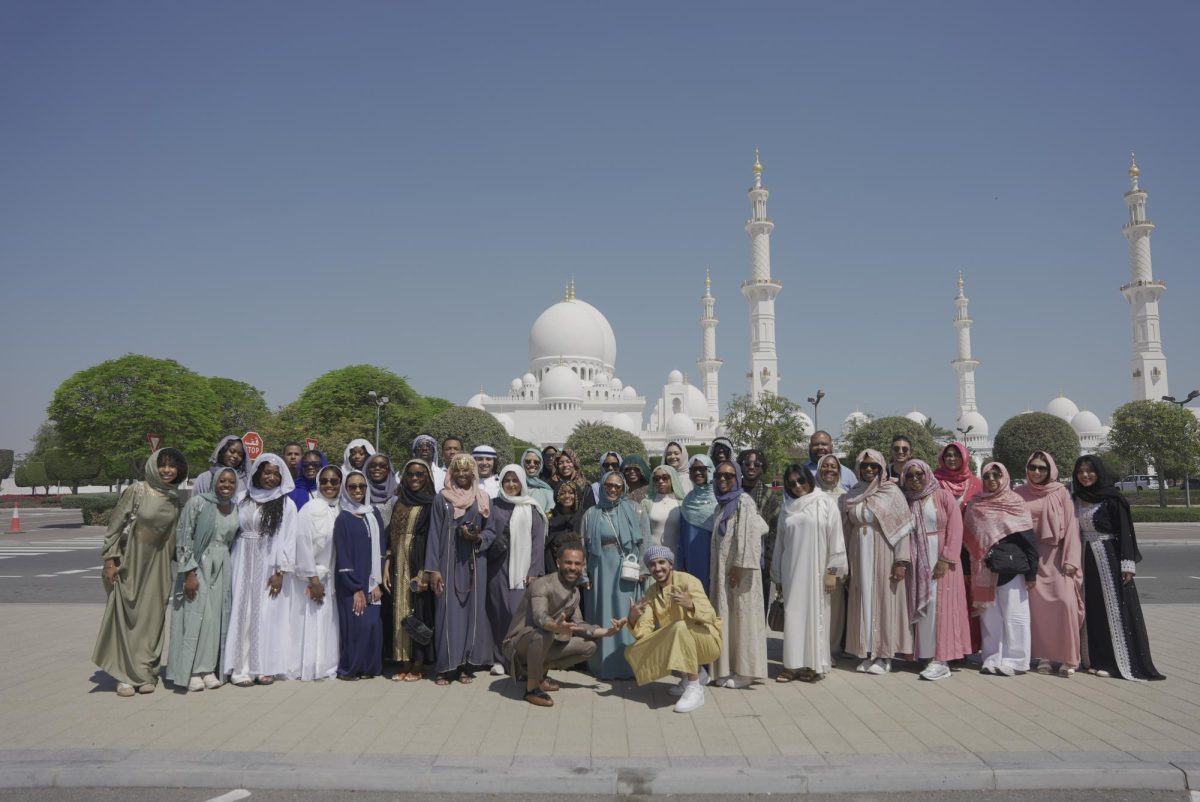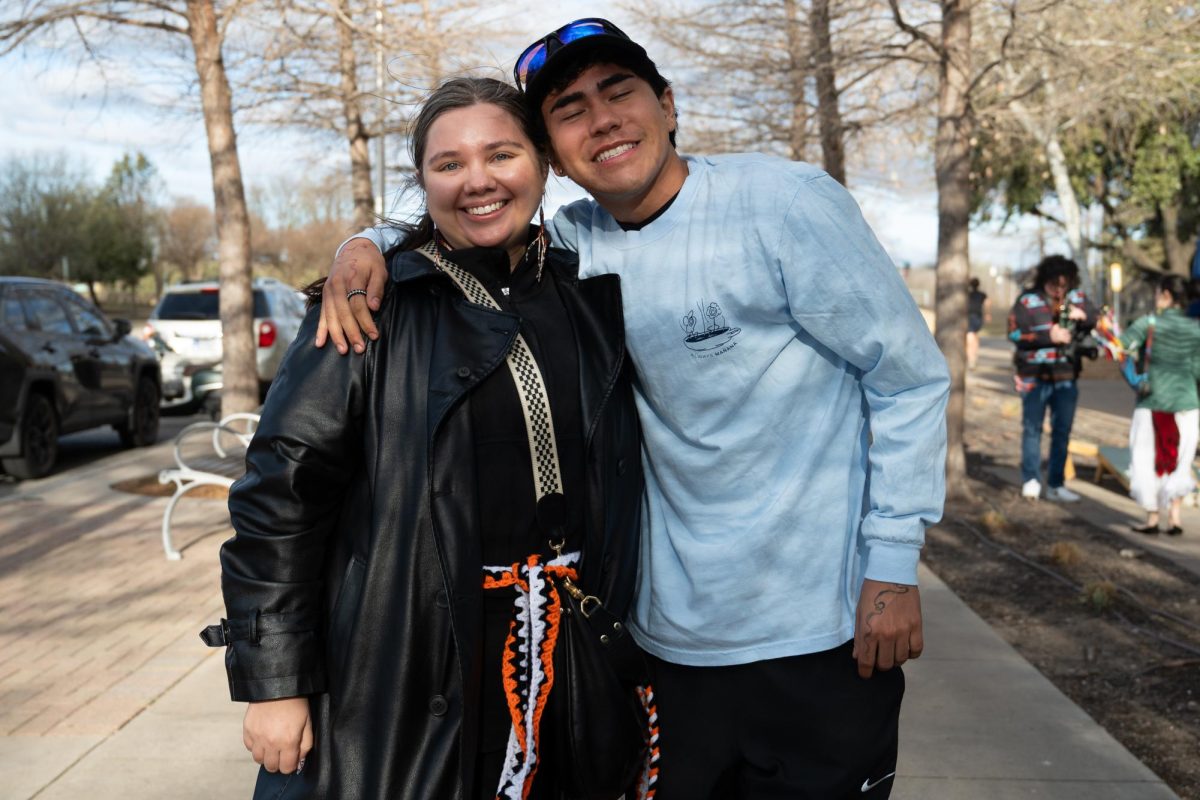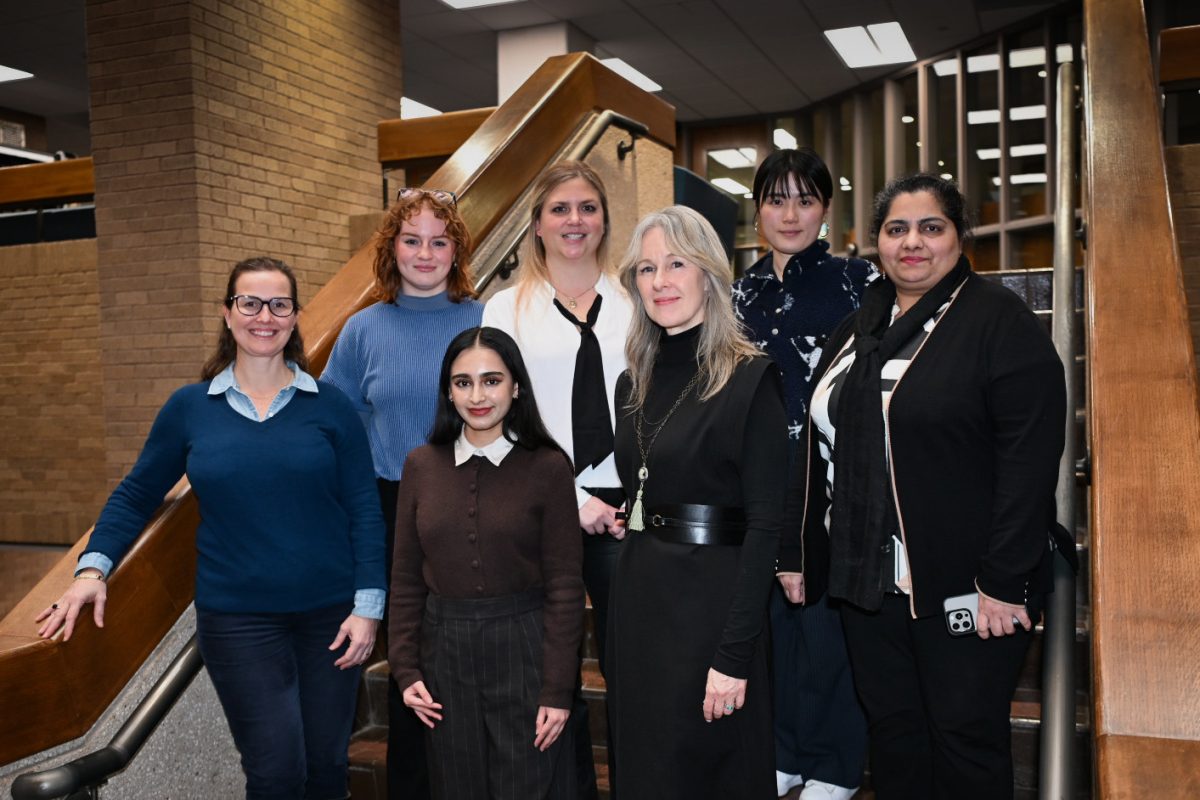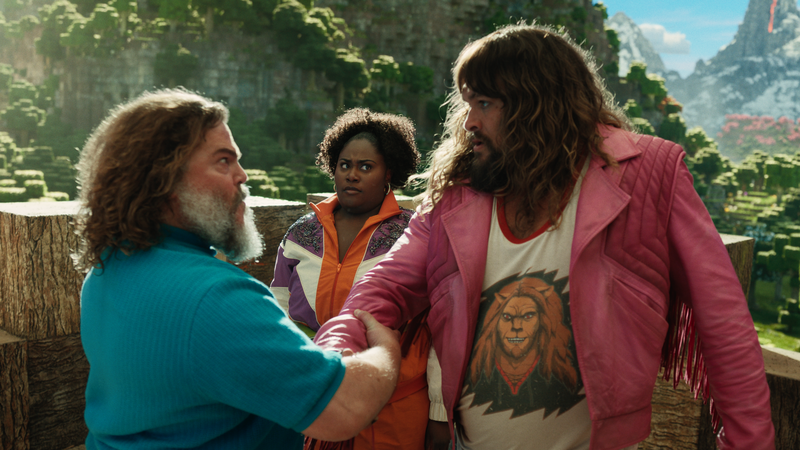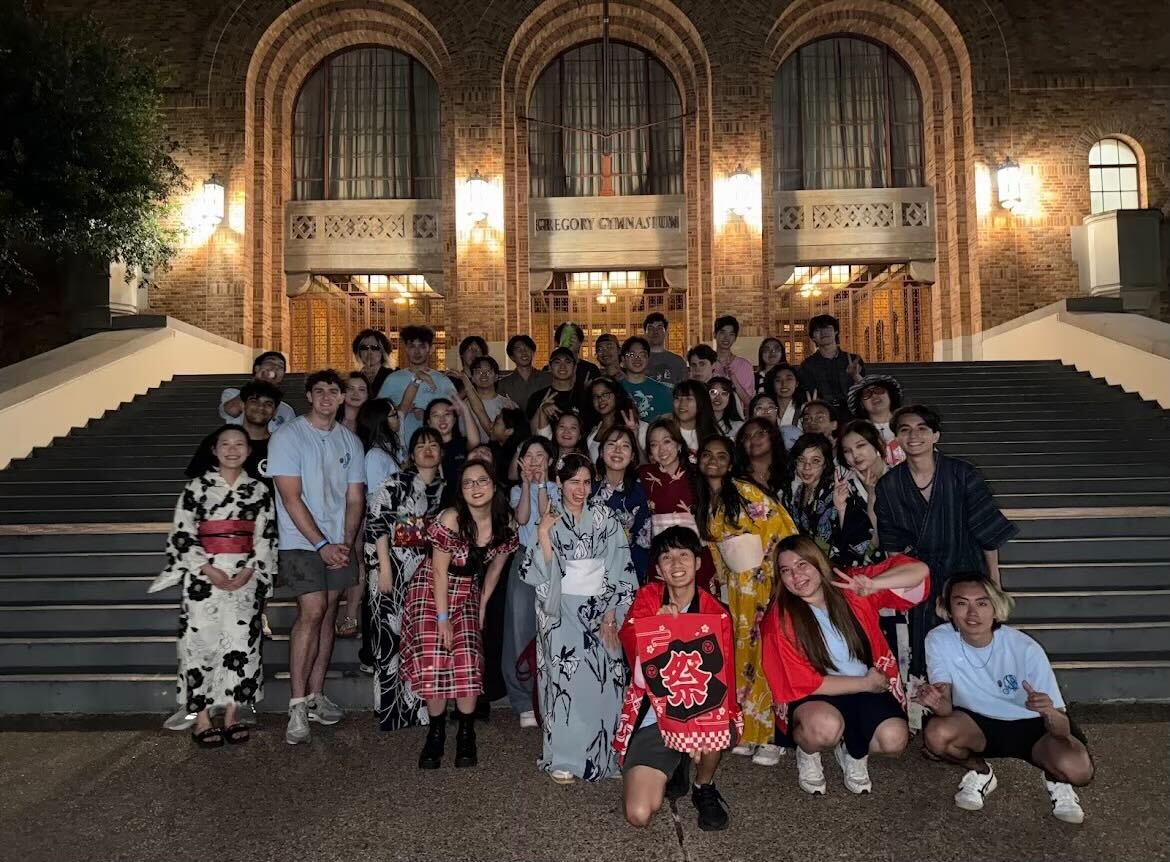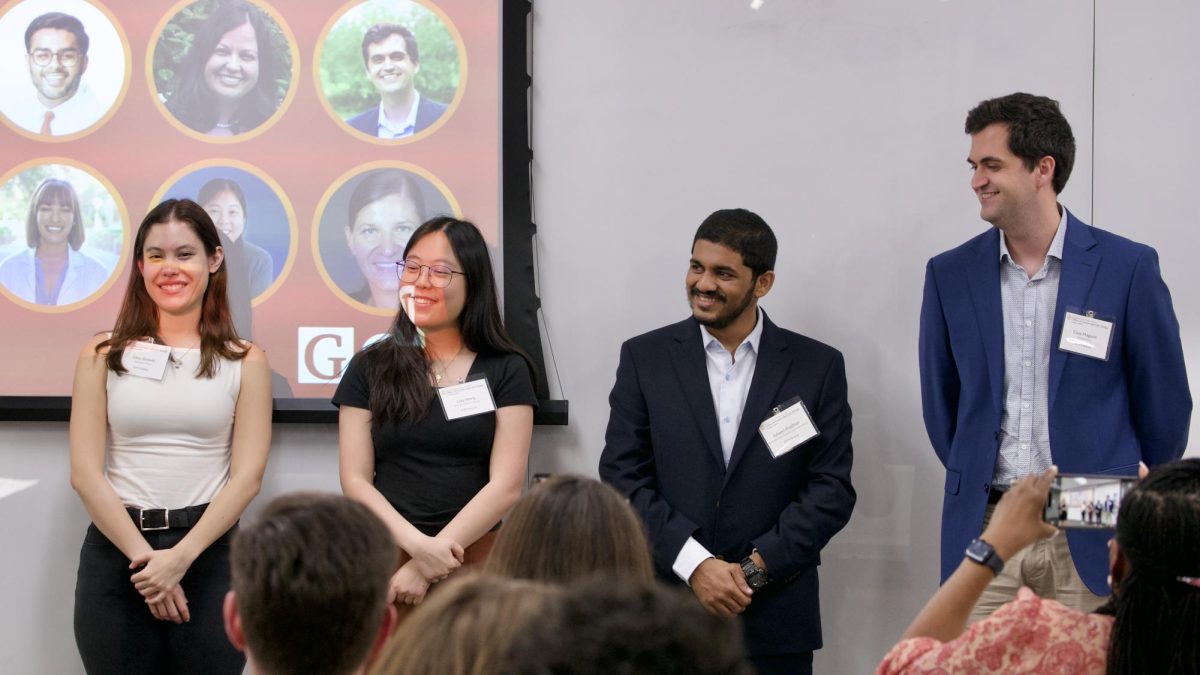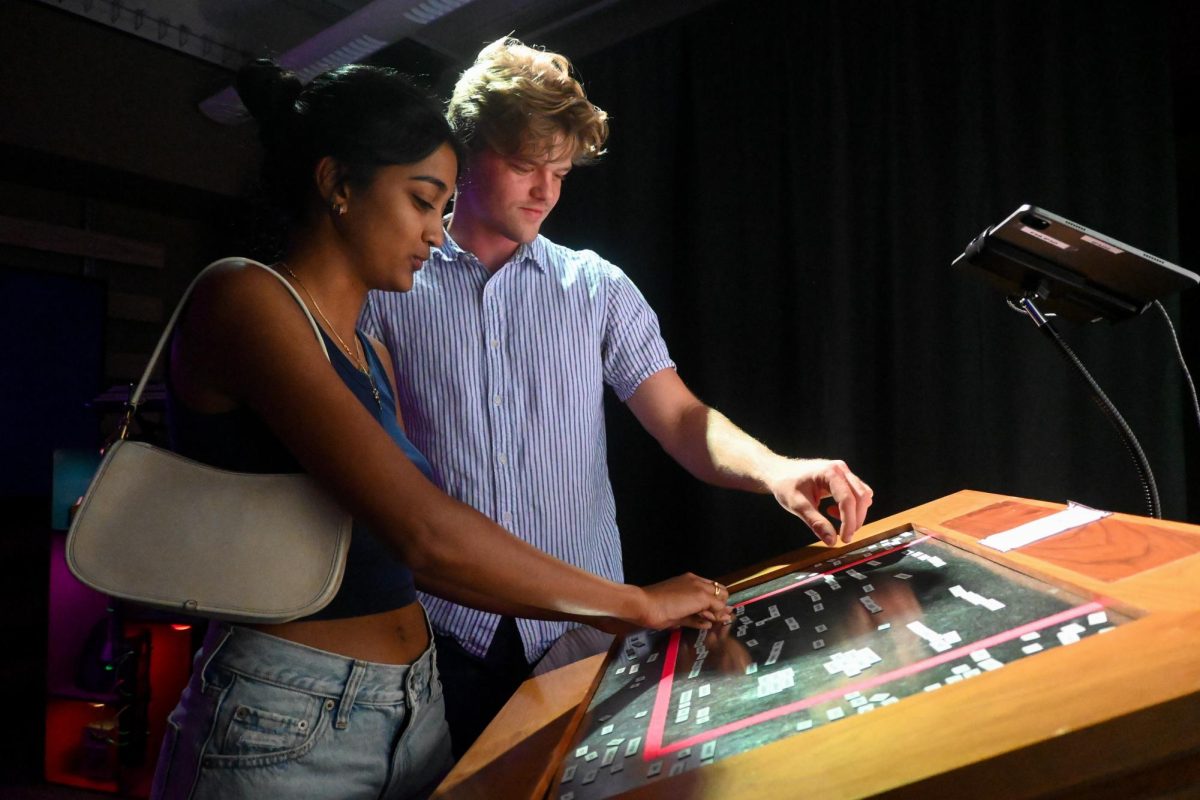Editor’s note: In this new recurring column, science writer Robert Starr will round up the previous week's top science stories. Have a suggestion? Send a tweet to @RobertKStarr, and your link might appear in next week's Science Buzz.
Bad news this week in science as we learned that not only is global warming still real, but it’s going to lead to the worst drought the U.S. has seen in 1,000 years. By looking at the rings of old trees, scientists can get a good idea of what the environment looked like over the past millennium and compare it to climate model predictions. Putting the information together allows them to connect the past, present and future and determine that the upcoming droughts could be on par to what California is currently experiencing.
To read more about the upcoming drought, click here.
As if that wasn’t bad enough, we’re putting even more plastic into the ocean than scientists originally thought, according to a report in the journal Science. While previous estimates assumed that only about .1 percent of produced plastic finds its way into the ocean, the new report said that the number is closer to 1.5–4.5 percent. This would mean about 5–13 million metric tons of plastic entered the ocean in 2010 — the most recent year that the researchers had data for. The scientists predict the amount of plastic entering the ocean per year will continue to grow because of global economic and population increases.
The plastic is coming. Read more here.
By contaminating marine life, the plastic affects our food supply and the drought our drinking supply, and a report from the journal Atmospheric Environment says the air supply isn’t looking so good, either. The study found that although UK drivers spend about 2 percent of commute time stopped at red lights, that’s where they inhale about 25 percent of the pollutants during their journey. These air pollutants are linked to 7 million premature deaths yearly. So while some may suggest that you don’t hold your breath waiting for that light on 24th and Guadalupe streets to change, maybe you should.
Hold your breath while you read more.
But this week is not all bad news. Two studies related to the HPV vaccine came back with optimistic results. The first shows that although researchers designed the vaccine against two specific cancer-causing strains of HPV, it is also effective against seven other strains which, although not quite as common, can still cause cervical cancer.
More information about the HPV vaccine's effects here.
One of the initial fears related to the vaccine is that it would encourage teenagers to engage in riskier sexual behaviors, but another study found that this isn’t the case. Although the population that would get vaccinated is more at risk of sexually transmitted diseases — since people are more likely to get the vaccination if they’re sexually active — the vaccine does not increase this risk. The vaccine, however, does not protect against other sexually transmitted diseases such as Hepatitis or AIDS. The easiest way to make sex safer is with the proper use of latex condoms.
So it turns out when teens get the HPV vaccine, it doesn't lead to more STDs.
And, finally, moving from the X-rated to x-rays, scientists have used x-ray lasers to observe a chemical bond forming. Researchers heated up carbon monoxide and oxygen to more than 3,000 degrees Fahrenheit while firing laser pulses lasting only a few femtoseconds to observe atoms combining into carbon dioxide. To put the speed of these laser pulses in perspective, there are as many femtoseconds in a second as there are seconds in 30 million years. The research aims to help us better understand the nature of chemical reactions and will allow scientists to design methods to make them faster and more efficient.
Thanks for reading Science Buzz. Check back next Monday for more!

